Lighting is very important for growing flowers. What is the difference between direct light and diffuse light? How to use them?
For plants in nature, sunlight is not the basis for their survival, but it does affect their growth. For example, photosynthesis, one of the two important physiological reactions in plant growth, requires the participation of sunlight. In this process, plants can synthesize a large amount of chlorophyll and other substances.
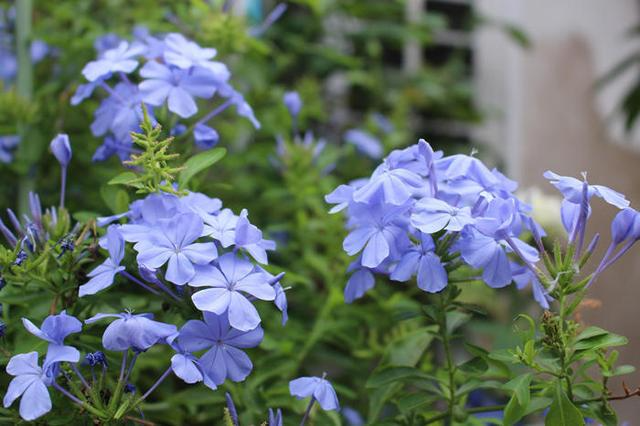
Common plants can be roughly divided into two types according to their tolerance to sunlight: light-loving and light-intolerant. The former are suitable for cultivation in an environment with sufficient light, generally referring to sufficient direct light; the latter should be cultivated in an environment with relatively sufficient light, that is, under conditions with abundant scattered light.
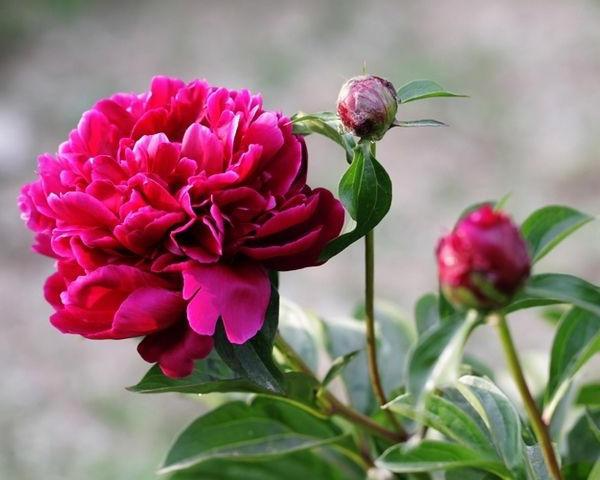
Summer is coming soon. How can we help plants survive the summer? In addition to the great influence of temperature, light is also a major factor. Let's take a look at the difference between direct light and diffuse light, and what precautions should be taken when growing flowers in these two situations?
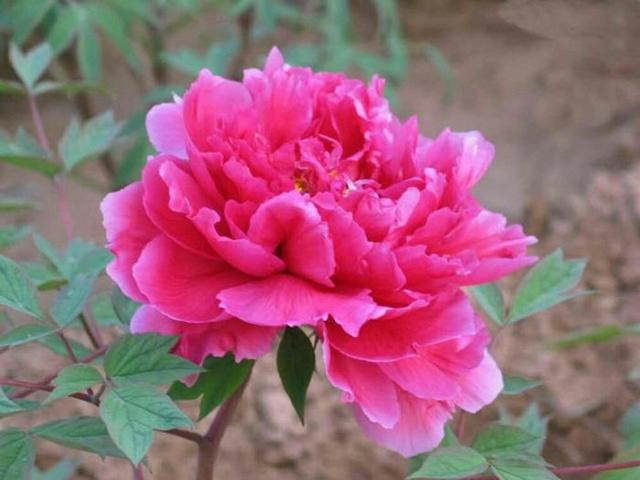
First of all, direct light refers to the light source that shines directly on the plants without any obstruction. Such lighting conditions are relatively rare in cities. Even a balcony with a wide view may be blocked by tall buildings in front, behind, left and right, so that the light is no longer pure direct light and the intensity level is reduced.
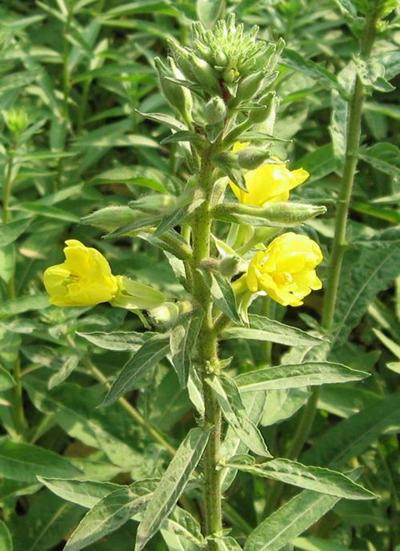
In the countryside, in the fields and even in your own yard, there is direct sunlight everywhere as long as there is no big tree blocking it. Generally, light-loving flowers can be grown under direct light at other times except summer. Summer is a special case among seasons. Not only is the sunshine time exceptionally long, but the ultraviolet level is also extraordinary. Ordinary plants cannot tolerate such intensity. If they have a strong demand for light, they can only be grown in an environment with sufficient scattered light.
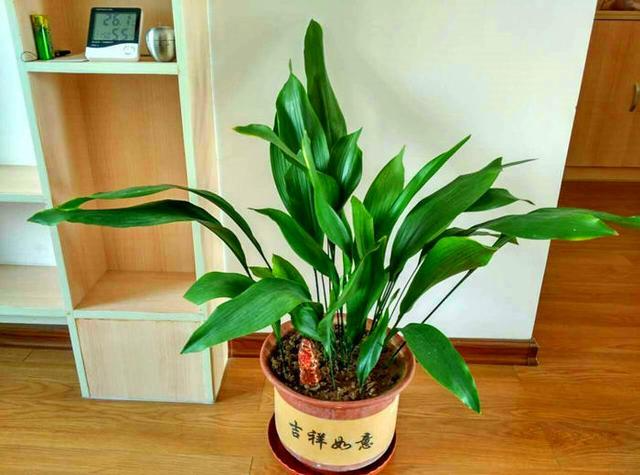
The so-called scattered light refers to the light obtained after a layer of shielding, where the direct light is dispersed in large quantities and only a small part of the light continues to shine along the original light path. Compared with direct light, the brightness of scattered light does not change much, but the intensity of the light is completely different.
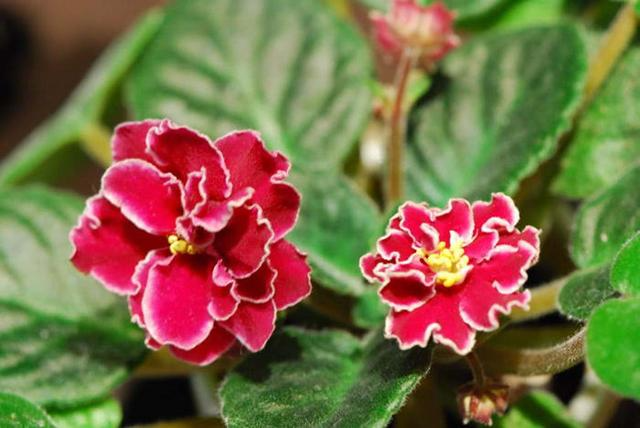
Take summer for example. The intensity of scattered light can meet the growth needs of plants on the one hand, and will not burn the leaves and petals of the plants on the other hand, thus achieving the best of both worlds.
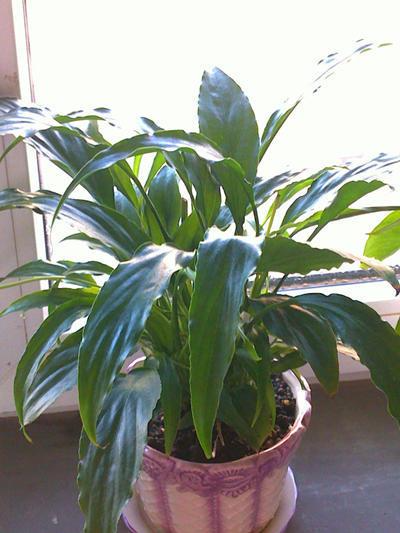
People often say that you must follow the growth habits of plants to grow them well. Since light is also one of the factors that affect plant growth, it is natural to take it into consideration when caring for flowers. Plants that like scattered light should be grown in places with sufficient scattered light, such as peonies, peonies, and blue snow flowers; plants that like direct light should be grown in areas that can be directly exposed to sunlight, such as white palms, Aspidistra, etc.